Curatorial Traineeships: An update from the Walker Art Gallery and Compton Verney
/Kate O’Donoghue and Eleanor Hutchison are currently undertaking the final months of their National Gallery Curatorial Traineeships with Art Fund support and the assistance of the Vivmar Foundation. Here they give an update on how they have been getting on with their projects at the National Gallery’s partner venues, the Walker Art Gallery in Liverpool and Compton Verney in Warwickshire.
Matthias Stom, Salome receives the Head of John the Baptist, probably about 1630-2. Presented by the Trustees of Sir Denis Mahon's Charitable Trust through Art Fund, 2013 © The National Gallery, London
Kate O’Donoghue
2019 is off to a busy start at the Walker Art Gallery with preparations underway for Leonardo da Vinci: A Life in Drawing (1 February – 6 May) as well as Charles Rennie Mackintosh: Making the Glasgow Style (15 March – 26 August). The re-display in the Baroque gallery is also fast approaching with installation scheduled for the end of March.
Since my last update, I have had a number of exciting research trips. In October I travelled to Naples and had a chance to experience Neapolitan Baroque painting in context. Many masterpieces remain in their original churches, surrounded by magnificent Baroque architecture and sculpture. Viewing these works in situ gave a glimpse into the overall impact Baroque art would have had in the 17th century. I also visited the Museo di Capodimonte where I was completely blown away by the collection, which is particularly rich in Caravaggesque painting.
Another highlight of the past few months was the Museums Association Annual Conference and Exhibition, hosted in Belfast in November. Focusing on the theme of ‘Dissent: inspiring hope, embracing change’, the conference was packed with thought-provoking sessions, many challenging the myth of neutrality in museums.
I am now in the process of finalising plans for the Walker’s spring re-display, and I am also pleased to reveal that we will be showing Matthias Stom’s Salome receives the Head of John the Baptist, painted around 1630-2. Generously loaned by the National Gallery, it will be displayed alongside the Walker’s copy by William Dobson, The Executioner with the Head of John the Baptist, painted between 1640 and 1646.
Stom’s picture, probably produced in Rome, was brought to England by the 1640s. Expressing Catholic, Counter-Reformation tastes, images like this were rare in 17th-century Britain which was experiencing religious and political tension. What is even more unusual is that Dobson, an English painter, copied it – probably while working for the exiled Charles I.
These two paintings have only been exhibited together once before (almost 20 years ago at the Barber Institute), but never in Liverpool. I look forward to sharing the intriguing story of these paintings with audiences at the Walker, exploring the relationship between Britain and the rest of Europe during the turbulent 1600s.
Ambrosius Benson, The Virgin and Child, about 1518-50 © Compton Verney
Eleanor Hutchison
Since my last blog post I have begun to write text for the re-display of Compton Verney’s Northern European collection. This text will be used in a new gallery guide, as wall captions for individual works, and more extensive information will be added to the website. It has been such a pleasure to look in detail at every item in the collection and provide visitors with more information about these fabulous works of art.
I attended the Museums Association conference that was hosted in Belfast in November. This was a great opportunity to discuss issues and ideas with colleagues from around the country and abroad. Discussions included how museums could and should approach challenging subjects and be a place to build relationships with communities. This was a really inspiring event and it will be exciting to see how the sector evolves.
I have also been carrying out research into a small devotional panel of the Virgin and Child in the collection. I have been reviewing the evidence for its attribution to Ambrosius Benson, an Italian-born artist working in Bruges in the first half of the 16th century.
Compton Verney also has a portrait by this artist in the Northern European collection. These pictures differ dramatically in style and handling, however. Artistic practice at the time was collaborative, with styles and designs shared between workshops.
This research is ongoing and includes discussions with other museums who own works by Benson, as well as other artists working in Bruges in the period, for comparison with Compton Verney’s picture.
Recently I have given talks to members of the public and staff about the results obtained from the infrared reflectography that has been carried out on pictures in the collection. It was great to share these results for the first time and it was wonderful to see how interested and excited people were about them.
I have also started to plan a new layout for the Northern European galleries. This has involved thinking about how the works of art could fit together physically and thematically, as well as considering how different forms of display can alter one’s perception of an object.
For example, when a silver-gilt ewer and basin (German or Netherlandish, about 1580-1600) were temporarily removed from an overly large display case, the objects themselves suddenly appeared much bigger. Similarly, when deciding on a new frame for a panel painting in the collection, the different coloured frame options dramatically affected the overall look of the painting itself. It has been thrilling to consider how new methods of display could show off the Northern European collection in the best possible way.
These traineeships have been made possible through the National Gallery Curatorial Traineeship Programme supported by Art Fund with the assistance of the Vivmar Foundation.





